Civil War Journal: Episode list

Civil War Journal covers the life and exploits of John Brown. With his revolutionary ideas and actions, he will be one of the catalysts that would lead to the civil war.

Confederate Gen. Thomas "Stonewall" Jackson leads troops at Fredericksburg, both battles at Bull Run, and Chancellorsville.
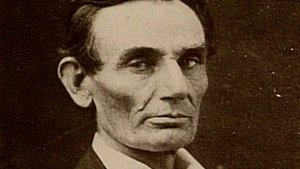
When President Abraham Lincoln tries to resupply Union soldiers at Fort Sumter in Charleston's harbor, the Confederate response leads to the opening of the Civil War.
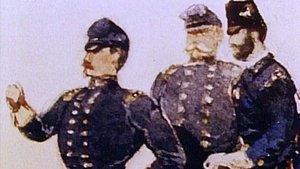
The rise and fall of Union Gen. George McClellan, and how his repeated clashes with Abraham Lincoln doomed his leadership of the Union Army.
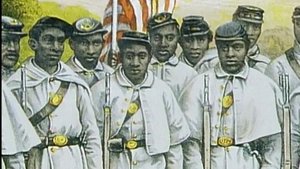
America's first black regiment, the 54th Massachusetts, fights at Fort Wagner.
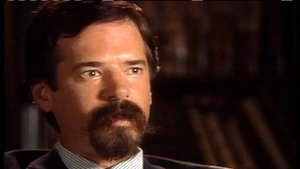
Dangerous, discreet, and enterprising, Confederate scout and guerrilla raider John Singleton Mosby’s operations embarrassed generals and wreaked havoc through the end of the war.
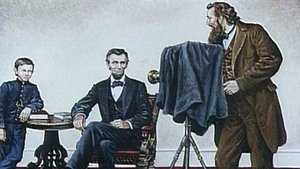
The story of the photographer whose pictures captured bloody battlefield scenes and who actually drew more notice in his time than the legendary Mathew Brady.

Fought in July 1861, the first major battle of the Civil War introduces both sides to the horrors of war.

Pickett charges Union forces at Gettysburg.

An account of how the Union and Confederate flags were not only symbols of pride and nationhood, but also served other important functions during the Civil War.

Prior to the Civil War, many opposing leaders -- including Gens. Grant an Lee -- were West Point classmates.

In March 1862, the North's USS Monitor and the South's CSS Virginia clashed in an inclusive battle. But the ironclads changed naval warfare forever.
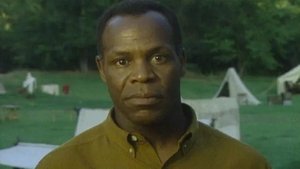
The battle at Gettysburg affects the townspeople.

The legend, the myth, and the reality behind the Confederate leader renowned as much for his exalted character and leadership qualities as his tactical brilliance on the battlefield.

From the glow of burning Atlanta to the capture of Savannah, this documentary chronicles the scorched-earth policy of one of the Union's most effective--and feared--generals.

Find out how a quiet academic from Maine rose to fame on the battlefield, including his heroism at Little Round Top during the Battle of Gettysburg.

Chronicling the July 1863 Battle of Gettysburg and President Lincoln's celebrated address at the site on Nov. 19 of that year. Included: skirmishes at Little Round Top and Devil's Den; Gen. Pickett's charge on the Union line at Cemetery Ridge.
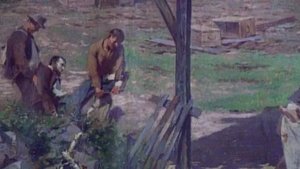
The Civil War soldier's deadliest foe--disease. Typhoid and dysentery claimed more lives than battlefield wounds, and poor diet, unsanitary conditions, and emotional strain took a deadly toll.
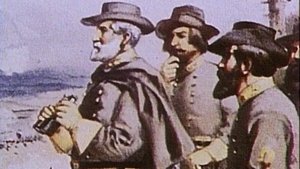
How a bumbling military bureaucracy undermined Union General Ambrose Burnside's strategy, leaving his troops exposed to decimation by Robert E. Lee's Confederate forces.

A profile of abolitionist Frederick Douglass.

How did journalism shatter the romantic notion of war? Explore how the work of Alfred Waud, Winslow Homer, and other talented reporters, artists, and photographers brought tragedy home.

The Battle of Chattanooga (Nov. 23-25, 1863), in which Union troops led by Gens. U.S. Grant and George H. Thomas crushed the Confederates at Lookout Mountain and Missionary Ridge. The victory is considered a turning point because it enabled the North to split the eastern part of the Confederacy.

In the midst of great hardship, women from both the North and South were inspired to join the war effort, taking on surprising new roles either in factories or on the frontline.

The controversial Confederate Army hero who was called "the most remarkable man our Civil War produced on either side" by General Sherman, and who later became Grand Wizard of the Ku Klux Klan.
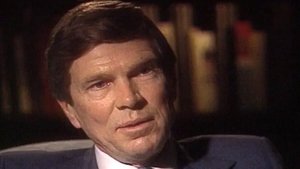
The spectacular defeat of the Army of Tennessee in 1864 as Union soldiers held off charging brigades at Franklin, then destroyed Confederate forces as large numbers of civilian spectators looked on.

The saga of the most flamboyant troops of the Civil War, who modeled themselves after the fierce tribes of Algeria, and used brilliant tactics and dashing drills to fight on both sides.

He was a hero to the South, a terror to the North and an idol to his men. This is the story of a man who led by example and brought honor and glory to his men in one victory after another.

Traces the history of the federal cavalry from its disastrous performance at the beginning of the war to its coming of age at Brandy Station, under leaders like Generals Buford and Sheridan.
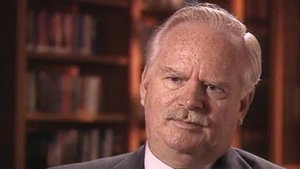
During the Civil War, men and women from both the North and South worked as espionage agents, greatly influencing the course of history.

Explore the prisoner camps in both North and South, where captured soldiers suffered from harsh, brutal conditions that often led to death.
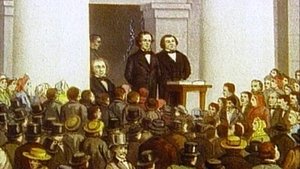
The life and times of the former U.S. senator and one-time U.S. secretary of war who, as President of the Confederate States, was tasked with leading the South's war effort.
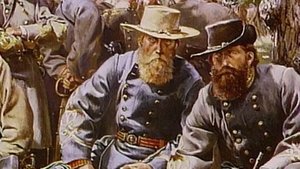
Story of the masterful soldier and aide to Robert E. Lee, whose understanding of warfare foretold its style in the 20th century.

Learn the story behind how Confederate General Robert E. Lee's home eventually became the official military cemetery of the United States.

Symbolically important because the first shots of the war were fired in the city, the North attacked for years but could not shake the will of the citizens or soldiers who fought overwhelming odds.
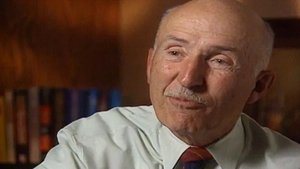
The story of the horrific fight for the strategically vital Mississippi city. Under heavy bombardment, the streets flowed with blood as civilians fled to find shelters in the cliffs and caves.

Explore the deadly toll the Civil War had on civilians, including how sharpshooters at Gettysburg accidentally killed Jenny Wade and a 73-year-old Gettysburg resident John Burns who takes up arms to defend his town.
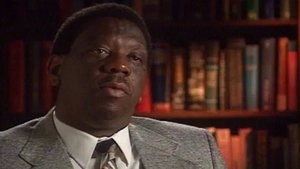
The North laid siege to the port early in the war and the city fell in 1862 but fighting continued for three more years.

Profile of Union General Winfield Scott Hancock, whose extraordinary career included the Mexican War, western expansion, the Civil War, and the period of Reconstruction.
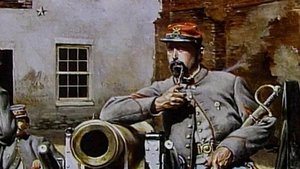
The war's powerful weapons and their deadly toll. Rifled cannons made their first appearance in the Civil War, while ranks of charging infantry were chewed to pieves by the artillery's iron jaws.

Lincoln picks Ulysses S. Grant, a general who believes in winning at any cost, to command the Union Army.

In Philadelphia in 1776, a bargain was struck to allow slavery in the new United States—a deal that would lead to disaster, and help spark the Civil War between North and South almost a century later.

Families are divided and bonds broken forever as people are forced to chose between the Union and the newly created Confederate states.
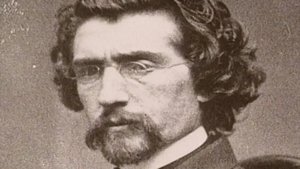
Explore how photographer Mathew Brady's work brought the horrors of war to American's doorsteps for the first time.

Fought on September 17, 1862, the Battle of Antietam produced over 23,000 Union and Confederate casualties, making it the bloodiest single day in American history.

The story of one of the Union's most famous units. Mustered in the Midwest, they served with enormous distinction while suffering heavy losses.

Trains...both sides needed them, but it was the Union who had the know-how and equipment to make use of this invaluable tool.
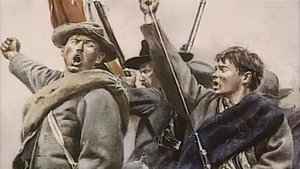
The remarkable tales of the very young men who rose to high rank in the war, including Galusha Pennypacker, Adelbert Ames, and Micah Jenkins.

The Union general who, before the war, became the first defendant in a murder trial to be acquitted on a plea of temporary insanity. Sickles killed a man he accused of having an affair with his wife.

Mary Todd Lincoln and Varina Davis were two women from rival governments, but they led parallel lives, struggling against criticism, personal tragedies, and an agonizing war.

How the average soldier coped with life on and off the battlefield, including drinking and gambling, music, and even a new game called baseball.

Engaged in the bloodiest fighting of the Civil War, nearly 30,000 soldiers are killed in three days of fighting at Gettysburg. Many of these brave souls are forgotten as they fall.

One in five soldiers who fought in the war had been born in another country and would fight on both sides. But they were not always welcome.

A look at individual and organizational efforts to preserve our precious national monuments, including Gettysburg cemetery, at risk of being spoiled by encroachment of commercial interest.

This is the total story--from Little Round Top to Devil's Den to Pickett's Charge to Lincoln's Gettysburg Address and dedication of the national cemetery.